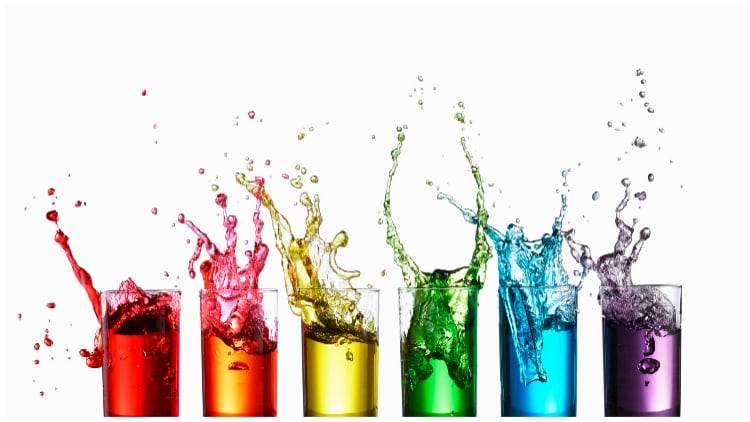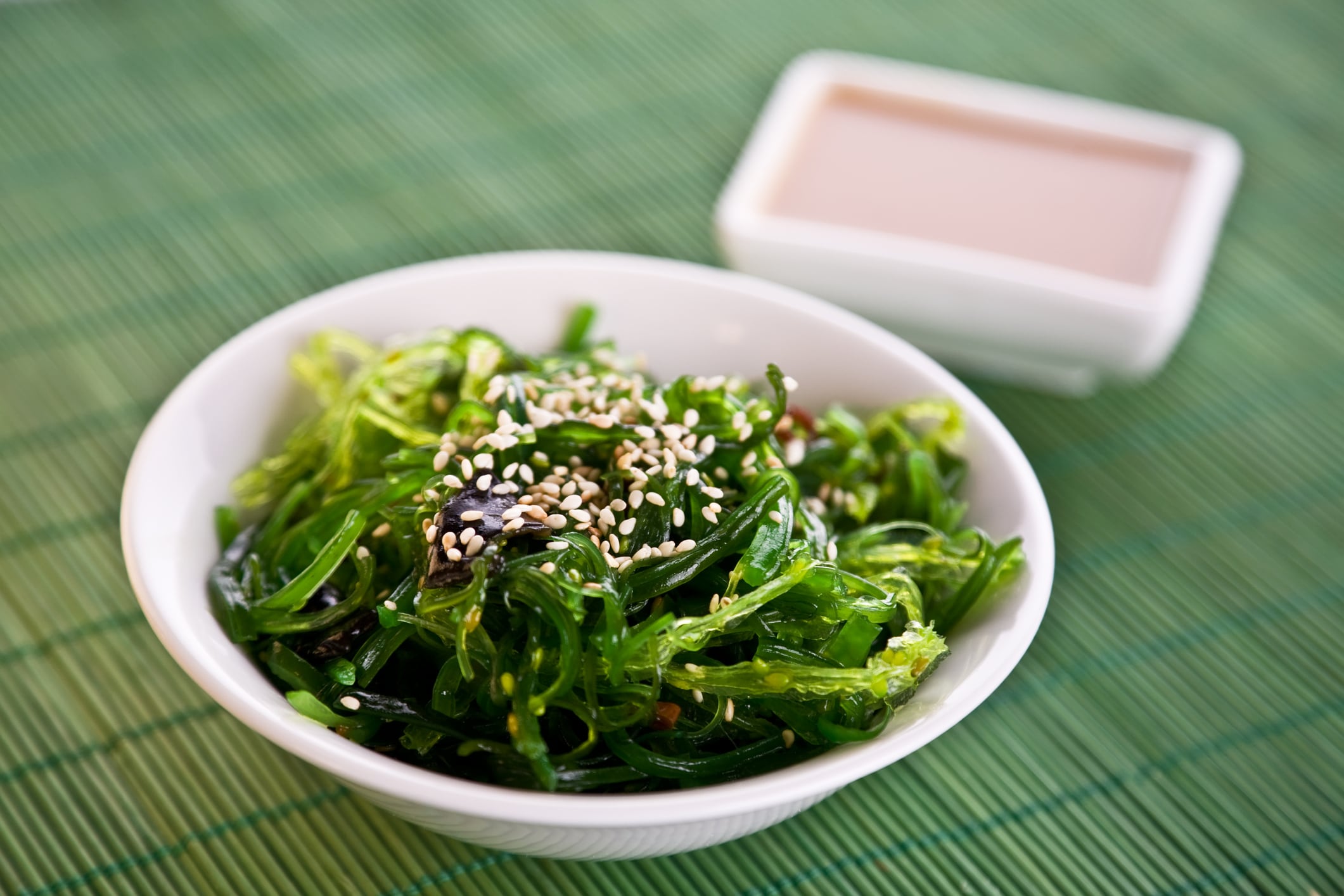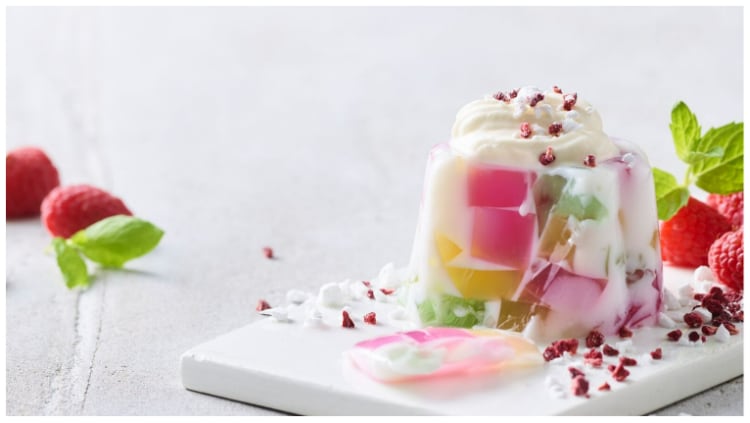From carbonated drinks, to bottled water, functional beverages and automated machinery, the beverage industry has been a hotbed for innovation, transforming the way drinks are sourced, produced, packaged, thought about and consumed.
As consumer tastes and preferences continue to evolve, the beverage industry must adapt and innovate to meet their changing needs. Today, the industry is seeing a number of exciting innovations, from health and wellness-focused beverages, through to plant-based options and substantial claims around sustainability.
Functional and plant-based beverages are booming
From the ingredient’s perspective, James Street, marketing director, EMEA & APAC at Prinova, confirmed that there’s an increasing focus on natural, functional and plant-based commodities and offerings.
Citing FMCG Guru’s report on The Future of Naturalness,1 Street reference the huge numbers of consumers (70%) across the globe who consider it to be “important that food and drink products are 100% natural”.
“The global market for functional beverages, which offer health benefits beyond basic nutrition, is forecast to be worth $208.7 billion by 2027 (CAGR 7.2%),” he told Food Manufacture. “Furthermore, consumers are not only paying more attention to specific ingredients and health claims, but they are also willing to pay more for these products.”2,3
"Consumers are not only paying more attention to specific ingredients and health claims, but they are also willing to pay more for these products."
Meanwhile, vegans and vegetarians are now estimated to make up 14% of the world’s population, while 24% of consumers claim to follow a ‘flexitarian diet’.4,5
“These factors are influencing strong growth in the plant-based protein market, projected to be worth $14.5bn by 2025 (CAGR 7.1%), and the dairy alternatives market, which is predicted to grow at a CAGR of 11.4% to reach $36.7bn by 2025,” Street continued.6,7
Reacting to the demand of nutrition and plant-based products, Prinova believes one strong response is the use of nutrient-rich premixes in dairy replacement products such as milk.
“In Europe, soy is the most common source of plant protein, but in the dairy alternative subcategory, pea protein accounts for a far higher percentage of new product launches than soy.8 This is in part due to pea protein being highly digestible, with an amino acid profile close to that recommended by the World Health Organization. It is also ideally suited to ‘green’ food production and an excellent choice for products with a natural, clean-label positioning.”
Caffeine central to beverage innovation
Mindful drinks and renewed health priorities were also quoted as two key trends by Finlays’ Sian Edwards who works as Group Insights Manager.
“Consumers are increasingly aware of the physical and mental impacts of alcohol and sugar consumption. This is driving demand in two areas; firstly, in the rise of low/no alcoholic beverages and secondly in that of ‘healthier’ alternatives such as hard seltzers which contain less sugar, calories and ‘unnatural’ ingredients than traditional alcoholic beverages,” she said.
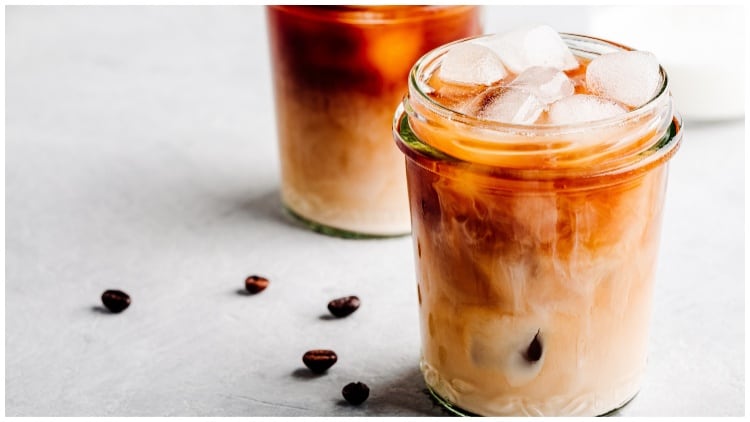
“Tea and coffee ingredients have been central to this trend, with brands looking to create healthy or functional alcohol alternatives. The ‘health halo’ around coffee and the rising interest in its health properties are paving the way for beverage brands to innovate. For example, utilising cold brew coffee, a natural source of caffeine, and premium quality tea extracts, which are rich in naturally derived antioxidants, to provide additional benefits.”
Finlay’s sees cold brew as a category with thriving market potential. “Previously experiencing extreme popularity in the US and Japan, it seems Europe is about to have its very own cold brew moment,” predicted Edwards. “Over the last five years the consumption of cold brew in Europe has increased by 40% and by 2025 the category is expected to reach a value of €90mn. What’s more, cold brew is the fastest growing segment in RTD/iced coffee, a market valued at €1.4bn in Europe.”
In response to this rapidly growing demand, Finlays will be opening a multi-million-pound facility specialising in producing pure cold brew coffee for branded and own-label suppliers to the UK and European grocery and hospitality sectors.
However, while there’s a major benefit to being an early entrant to the category of cold brew, Edwards admits that due to its infancy in Europe, it’s not without its challenges. This includes consumer education and understanding which products and formats will prove to be successful.
"The ‘health halo’ around coffee and the rising interest in its health properties are paving the way for beverage brands to innovate."
“Fortunately, Finlays is at the forefront of the cold brew coffee category in the USA, so has strong experience in how this niche, premium product became a category worth more than half a billion dollars,” she countered.
Prinova has also been experimenting with caffeine within a concept its coined ‘Body Boost’. This vegan ‘recovery’ range contains 22 active ingredients, including Aquamin® calcium and magnesium to support normal energy-yielding metabolism, and features natural caffeine and AlphaTea™ – a branded L-theanine sourced from green tea extract.
“When paired with caffeine, it is associated with positive effects on cognition and stress,” stated Street. “AlphaTea™ is also a key ingredient in our indulgent, plant-based, hot chocolate drink concept, Chill Out Chocolate.”
Healthy ageing and enhanced water
Prinova has also been looking into healthy ageing. Using clinically researched ingredients, it has fortified its Boomer Boost beverage concept with Aquamin®, BioPerine® and Curcumin C3 Reduct.
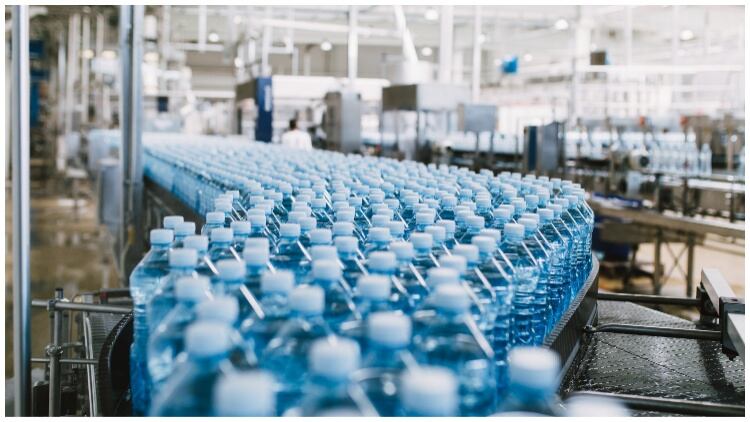
These are said to provide support with common age-related changes, including inflammation, loss of bone density and cognition.
In line with growing health concerns, Edwards also noted an upward trend for water, with brands potentially benefitting from enhanced water offerings through flavour and added functionality.
To meet this demand, Finlay’s has launched its Just Add Water range of single-serve sachets which feature four recipe blends designed for morning, noon, evening and bedtime use. These dissolve in cold water and comprise immunity, antioxidant, energy and digestion, for each occasion respectively.
Sustainable and innovative packaging at the forefront of drinks
The sachets have also been designed with sustainability in mind, as consumers look to move away from single-use plastics. In fact, according to the 2019 Kantar survey of 65,000 worldwide consumers, two thirds are carrying refillable water bottles to reduce plastic consumption.9
“The sachets save up to 99% of packaging volume vs. plastic bottles allowing consumers to avoid single use plastic without compromising on beverage taste and added benefits,” commented Edwards.
Again, Edwards explains that there may be challenges in a relatively new innovation such as its water soluble solutions due to its unfamiliarity.
“As consumers tend to seek familiarity in their beverages, this innovation has the potential to be seen as a risk by brand owners, however this should not deter beverage producers from the possibilities which innovation offers,” she commented. “One way to potentially navigate this is through introducing consumers to new and exciting formats which include familiar ingredients which they know and love, such as the inclusion of black tea in our Digestion and Energy Blends.”
Coca-Cola has been making similar strides, with the announcement last year that it’s attached caps roll-out would be extended to 500ml bottles in Great Britain. This innovation enables the cap to stay connected to the bottle after opening, meaning its easier and more likely that the cap will also be recycled alongside the bottle.
Jon Woods, general manager at Coca‑Cola Great Britain, said: “This small but significant change helps to ensure that when consumers recycle our bottles, the caps stay attached and don’t get left behind as litter.
“We know consumers in Great Britain want to dispose of packaging in the right way, and we want to help them do that.”
Clipper Tea, which is part of Ecotone UK, is also focusing on packaging, as well as responsible sourcing.
“Tea that is better for the planet remains in high demand, from natural ingredients to sustainable packaging. Clipper recently removed the unrecyclable inner foil bag across larger pack formats, making them fully recyclable, without losing the same delicious taste,” explained Adele Ward, Clipper Teas marketing director at Ecotone UK.
“As part of our Food for Biodiversity mission, we’re committed to making tea in harmony with people and the environment. For us, that means organic and Fairtrade sourcing, alongside unbleached, biodegradable, and non-GM tea bags.”
Ward also notes that traditional infusions within tea are showing a steady decline, so a key area of growth for the brand has been in its functional fruit and herbal options.
“With traditional infusions showing steady decline, a key area of growth is in functional fruit and herbal infusions."
“Clipper will continue to invest in its Mood Infusions range to target key shopper needs: ‘Restoring Roots’ to revive and restore, ‘Cleanse with Benefits’ and ‘After Dinner Mint’ for digestion and gut health, and ‘Snore & Peace’ for relaxation and sleep. Clipper is outperforming the segment at 23.8% in value sales year-on-year9 in a category declining at -3%,” she said.
“We already know that organic and Fairtrade is resilient under current economic pressures, especially now that there is more understanding around the health, ethical and sustainable benefits of the sector’s products. Total tea has declined -3.7% year-on-year, but sustainable tea (organic and/or Fairtrade) is up +0.3%. Driving this buoyancy is health of the planet, which is the number one global issue of concern for consumers.”10,11
Traceability evolves beverage equipment
In keeping with this trend, Garry Lewis, market development manager, food, beverage & commodities for OMRON UK, says implementing a more robust traceability system is now a key requirement.
“One of the main things mandated by beverage regulation is ‘traceability’ – the practice of maintaining thorough records on the origins and whereabouts of products and raw materials by scanning printed barcodes, direct part marks (DPMs) or radio frequency identification (RFID) tags throughout the production process and the supply chain. From raw materials supplier, to production line, to supermarket, to customer, the creation and distribution of a particular beverage should be as transparent as possible,” he stated.
The scope of traceability has expanded significantly, along with advances in technology. According to Lewis, traceability is now in its latest phase, so called “traceability 4.0”. It’s no longer a case of tracking products throughout the supply chain, it is now also about optimised productivity, quality and brand reputation within manufacturing operations. Within its bottling and capping equipment, OMRON is delivering this to manufacturing operations by "tying products to process parameters". You can read more about packaging trends here.
Up and coming beverage innovations
In terms of the future, Street believes that sustainability will continue to play a big part, pushing beverage producers towards sustainable packaging, environmentally-friendly production processes and locally-sourced natural ingredients.
Lab-grown coffee and other environmentally led innovations
Edwards agrees, describing sustainability as a “mega trend”. In terms of where it’s heading for the coffee segment, she believes lab-grown will be an area to watch. However, there will be regulatory and consumer acceptance hurdles to overcome.
Finnish scientists at the technical research institute VTT have been among those experimenting with lab-grown coffee, growing coffee from a cluster of coffee plant cells in a bioreactor. Using the same techniques as lab-grown meat, the team believe this innovation holds promise as a more sustainable method in terms of using less water, reducing transportation miles and as a way to alleviate struggling yields on plantations as a result of climate strain.
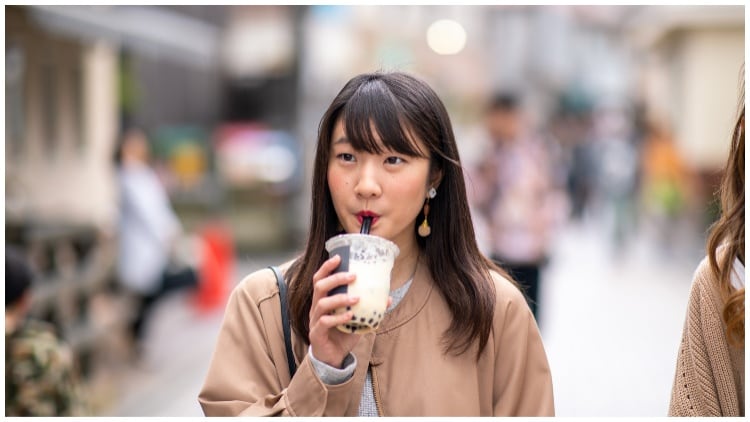
“I’m also expecting to see much more format innovation, e.g. waterless beverages, edible sachets and concentrates to reduce the industry’s carbon footprint,” she told Food Manufacture.
Premiumisation and experimentation in drinks
Edwards also considers premiumisation, and experience and experimentation to be key influences in the beverage space.
“Consumers will continue to look for premium, indulgent and luxury experiences from their tea and coffee beverages, whether that’s trading up for a cold brew coffee or indulging in a bubble tea. But I’m also seeing increasingly greater value, or premium, placed on the intangible characteristic of ‘authenticity’. This could manifest in several different ways: products from producers that have a personal connection to the product, products that show a commitment to traditional flavours/recipes or brands communicating consistent ethical values. Consumers are increasingly focused on their own personal ‘brand’ and looking for products that align with their values and image.
“We’ve seen the impact of a young globalised and connected consumer base on the beverage industry, with the sudden and phenomenal global growth in traditional or local products, like matcha and bubble tea. As people learn about new products online, they look for ways to experiment and share these new product experiences with their followers. I’d expect to see this accelerate in the future, extending to products and regions previously unexplored, for example traditional tea and coffee beverages from Africa or Latin America, which are yet to hit the mainstream.”
References
- FMCG Gurus: The Future of Naturalness, 2020
- Research and Markets: Functional Beverages Global Market Opportunities and Strategies to 2032, February 2023
- FMCG Gurus, Top Trends For 2022, January 2022
- WTVOX, September 2020
- FMCG Gurus: Top Ten Trends For 2022, Global Report, January 2022
- Markets and Markets: Plant-Based Protein Market By Source, July 2020
- Markets and Markets: Dairy Alternative Mark By Source, June 2020
- Innova Market Insights
- Kantar, survey of 65,000 consumers worldwide, 2019, https://www.finlays.net/products-solutions/europe-extracts/european-trend-report-2023/
- IRI Data from 3 December 2022
- IRI Data to September 2022
- Innova Trends August 2022


